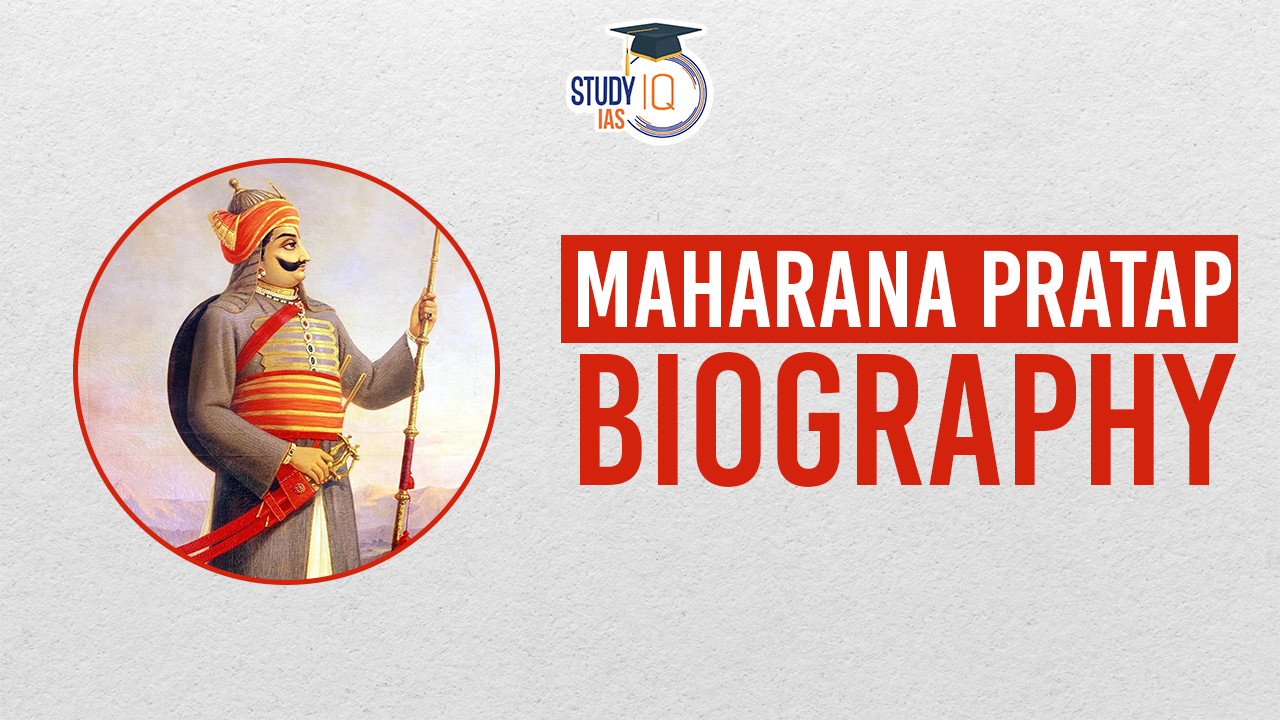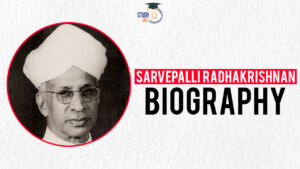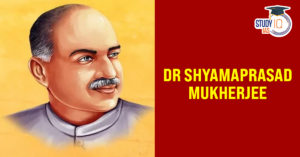Table of Contents
Maharana Pratap Singh Sisodia (महाराणा प्रताप सिंह सिसोदिया) was a legendary Rajput monarch of Mewar, which is a kingdom in today’s Rajasthan, India. He is remembered as one of the greatest, courageous and rebellious leaders in Indian history, and he is renowned mainly for his steadfast resistance against the Mughal Emperor Akbar.
Maharana Pratap Jayanti
Maharana Pratap Jayanti is commemorated annually to mark the birthday of Maharana Pratap, a great Rajput warrior and king of Mewar, renowned for his bravery, patriotism, and resistance to the Mughal Empire. In the year 2025, Maharana Pratap Jayanti is being celebrated on May 29, 2025. The birth anniversary of Maharana Pratap Singh Sisodia, the great Rajput monarch of Mewar, is celebrated for his exemplary courage, determination, and stiff resistance to the Mughal Empire, especially Emperor Akbar.
Whereas Maharana Pratap was born on 9 May 1540 (Gregorian calendar), his birthday, Maharana Pratap Jayanti, is mostly observed as per the Hindu calendar, on the third day (Tritiya) of the Shukla Paksha (bright half) of the Jyeshtha month. In 2025, the date will be 29th May.
Maharana Pratap Biography
| Facts About Maharana Pratap | |
| Date of Birth | May 9, 1540 |
| Birthplace | Kumbhalgarh, Rajasthan |
| Wife | Maharani Ajabde |
| Children | Amar Singh I, Bhagwan Das |
| Dynasty | Sisodia Rajput, Kingdom of Mewar |
| Death Date | January 29, 1597 |
| Death Place | Chavand |
| Famous For |
Heroic resistance against Akbar in the Battle of Haldighati (1576) |
| Legacy | A symbol of Rajput pride, bravery, and self-respect |
Birth and Early Life
Maharana Pratap was born on May 9, 1540, at Kumbhalgarh Fort. He was the first son of Maharana Udai Singh II and Maharani Jaiwanta Bai. From an early age, he showed great bravado and military skills. In 1572, he came to the throne of Mewar at Gogunda after his father, with the help of the nobles of Mewar, because of his strength and leadership capabilities over his younger brother Jagmal. This time was characterised by the powerful ascendancy of the Mughal Empire under Akbar, who aimed to subjugate the entire Rajputana region.
Chittor’s Siege (1567)
In 1567, the young Maharana Pratap, aged 27, was faced with the moment of truth when Chittor, the capital of Mewar, was surrounded by the powerful Mughal army under the command of Emperor Akbar. Even though Pratap was extremely keen to fight the Mughals directly in defence of his kingdom, he followed the advice of his seniors, especially his father, Maharana Udai Singh II. The city of Chittor was decided to be evacuated, and the royal family shifted its base to the fortress of Gogunda.
Accession to the Throne (1572)
The turning point in Maharana Pratap’s life came in 1572 when his father, Maharana Udai Singh II, died. After the death of his father, Udai Singh II, Maharana Pratap became the ruler of Mewar in 1572 at Gogunda, outranking his younger brother Jagmal, who was first chosen by their father. The nobles of Mewar supported this accession due to the leadership skills of Maharana Pratap.
This marked the coronation of Pratap as the Maharana of Mewar. But the complexities of succession revealed a complication, as the power of the deceased Maharana Udai Singh II rested with Jagmal, Pratap’s half-brother, as the heir. This first twist of fate tested the courage of Pratap’s resolve and leadership.
Pratap, following his initial desire to please his father, was a supporter of Jagmal’s claim to the throne. But considering the possible consequences for Mewar’s stability, nobles, particularly the Chundawat Rajputs, convinced Jagmal to drop his claim in favour of Pratap Singh. With this, Maharana Pratap formally took on the responsibility as the 54th ruler of Mewar, beginning his long-lasting legacy.
Akbar’s Expansion
Emperor Akbar, who sought full suzerainty over Rajputana, had been able to place the majority of Rajput states under his control, usually through marriages and alliances. Yet Mewar, led by Maharana Pratap, refused point-blank to succumb to Mughal overlordship.
Offers of Peace: Akbar dispatched a series of diplomatic delegations to Pratap, asking him to accept Mughal vassalage, but Pratap refused repeatedly, defending the dignity and independence of Mewar.
Maharana Pratap and Battle of Haldighati (1576)
The Battle of Haldighati on June 18, 1576, was the most noted encounter between Maharana Pratap and the Mughals. Pratap commanded his comparatively smaller army of Rajput fighters and Bhil tribal archers against the much stronger Mughal army led by Raja Man Singh I of Amer (the Rajput commander of Akbar’s army).
Despite being outnumbered heavily, Pratap’s troops fought with utmost bravery. Although tactically inconclusive for the Mughals, in that they did not capture Pratap or completely bring Mewar under their control, the battle became a great icon of Rajput valour and an abiding dedication to liberty. Maharana Pratap’s devoted steed, Chetak, also gained legendary status by bringing his injured master to safety off the battlefield.
Maharana Pratap’s Life in Exile and Guerrilla Warfare
After the Battle of Haldighati, Maharana Pratap adapted his guerrilla warfare strategy from the safety of the Aravalli hills. Opting for the rough and rugged terrain as his battlefield, he conducted a tireless battle against the Mughals, opposing foreign domination unyieldingly.
Residing in the jungles, Maharana Pratap received comfort and encouragement from his devoted followers, especially the Bhils, who became the backbone of his resistance movement. The jungles acted as a tactical hideout for Pratap, allowing him to regroup, strategise, and conduct surprise attacks on the Mughal army.
He led a simple life, frequently in the jungles, along with his family members and devoted followers, but never gave up. His tenacity paid rich dividends in terms of successes such as the Battle of Dewair (1582), in which he thoroughly defeated the Mughals and restored most of Mewar’s lost ground, except Chittorgarh and Mandalgarh.
Later Life and Legacy of Maharana Pratap
In his later years, with Akbar’s focus on other regions of his empire, Maharana Pratap solidified his hold on the majority of Mewar. He founded a new capital at Chavand. Maharana Pratap died on January 19, 1597, in Chavand, aged 56, from the injuries he received in a hunting accident. He died an untainted king who had maintained the sovereignty of his kingdom against a powerful empire for almost 25 years.
Legacy
- Maharana Pratap is a symbol of Rajput courage, selflessness, and pride.
- His refusal to bow to a dominant empire, even under desperate situations, has turned him into an evergreen symbol of resistance and patriotism in Indian history.
- His tale is often told to inspire courage, determination, and patriotism towards one’s country.
We’re now on WhatsApp. Click to Join


 Dr. Sarvepalli Radhakrishnan Biography, ...
Dr. Sarvepalli Radhakrishnan Biography, ...
 Dr. Shyama Prasad Mukherjee Biography, L...
Dr. Shyama Prasad Mukherjee Biography, L...
 Savitribai Phule Biography, Early Life, ...
Savitribai Phule Biography, Early Life, ...





















